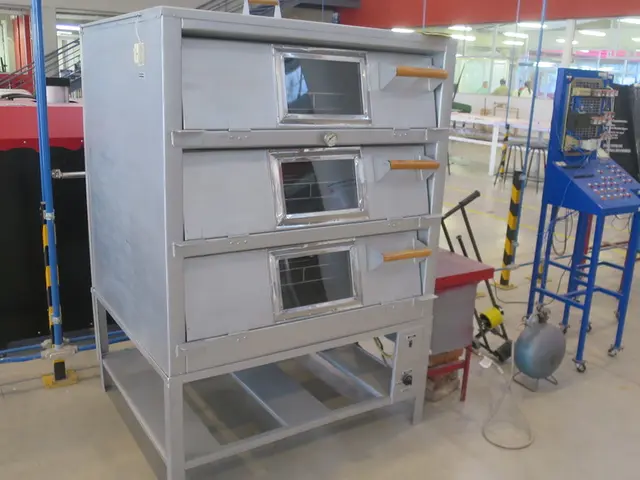Inspiring and motivating adolescents: A teacher shares proven strategies
In today's rapidly changing world, motivation among teenagers at secondary school level has become a significant concern. A survey of students reveals that the process of learning is more important to them than the result, suggesting a desire for a more engaging and meaningful educational experience.
The school counselor has highlighted that the most common problem among teenagers is a lack of academic motivation. This issue is compounded by the fact that many students are driven by tangible results such as grades, outperforming peers, college or job acceptance, and making their parents proud. This focus on outcomes can lead to a decrease in critical thinking and questioning skills, as the A+B=C reliability approach bypasses the need for curiosity and intellectual exploration.
Experts suggest that this increase in risk-aversion is linked to our ability to find online answers quickly, decreasing attention spans, and the potential high risk of "getting something wrong". As a result, students often prefer to be told "exactly what to do", a trend that has become more pronounced since the Covid-19 pandemic.
However, engaging with uncertainty is part of growth and can help teenagers doubt their abilities less and be motivated to ask questions that help them thrive. Encouraging feedback from peers and mentors can boost motivation and guide students towards success. Feeling connected to learning through people in their community can also boost motivation and encourage a curious approach to the unknown.
Choosing the right teammates for school group projects can lead to increased engagement and healthy humor. School group projects, when students can choose their teammates based on who motivates them, can increase engagement and foster a more collaborative learning environment.
However, some students described their barriers to motivation as "not knowing exactly what to do" and "laziness". It's important to note that "laziness" among teenagers is often a result of overcriticism and parental pressure, rather than an inherent trait. Teenagers are not inherently lazy, but their "laziness" can become part of their identity due to these factors.
Interestingly, more students are outsourcing their work to AI models like ChatGPT, which raises questions about the role of technology in education and its impact on student motivation.
Despite these challenges, there has been no identified US high school that has successfully conducted experiments allowing students with high motivation difficulties to work on group projects while freely choosing their teammates. This suggests that more research and innovative approaches are needed to address this issue and help teenagers thrive in today's uncertain world.
In conclusion, motivating teenagers in school requires a shift in focus from outcomes to the process of learning, the encouragement of critical thinking and questioning skills, and the creation of a supportive and engaging learning environment. By addressing these challenges, we can help our youth grow into curious, motivated, and successful individuals.




